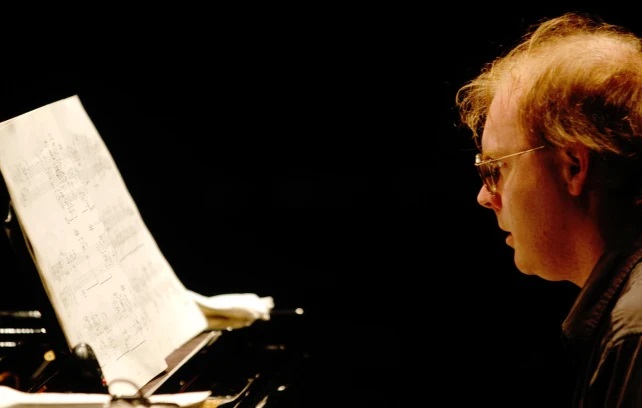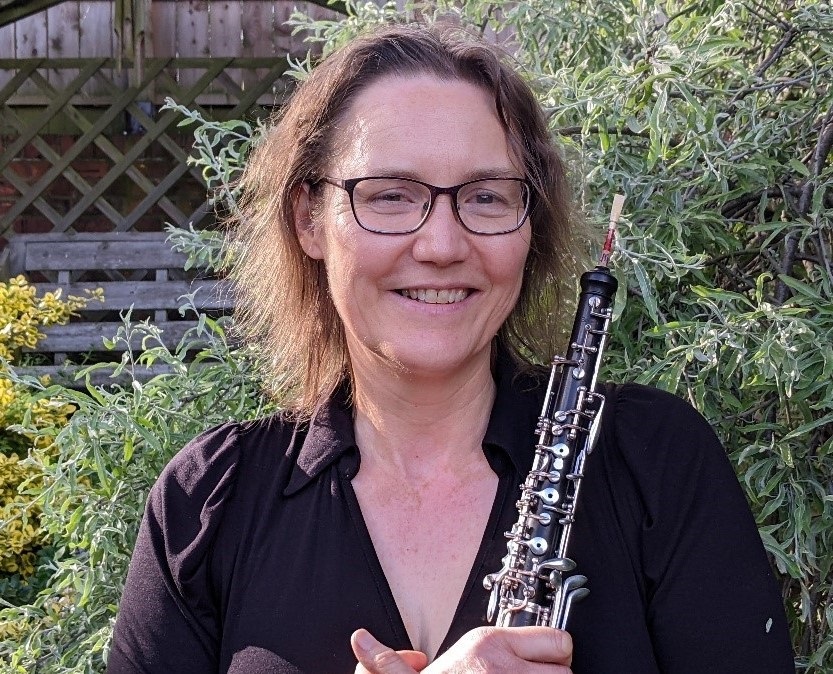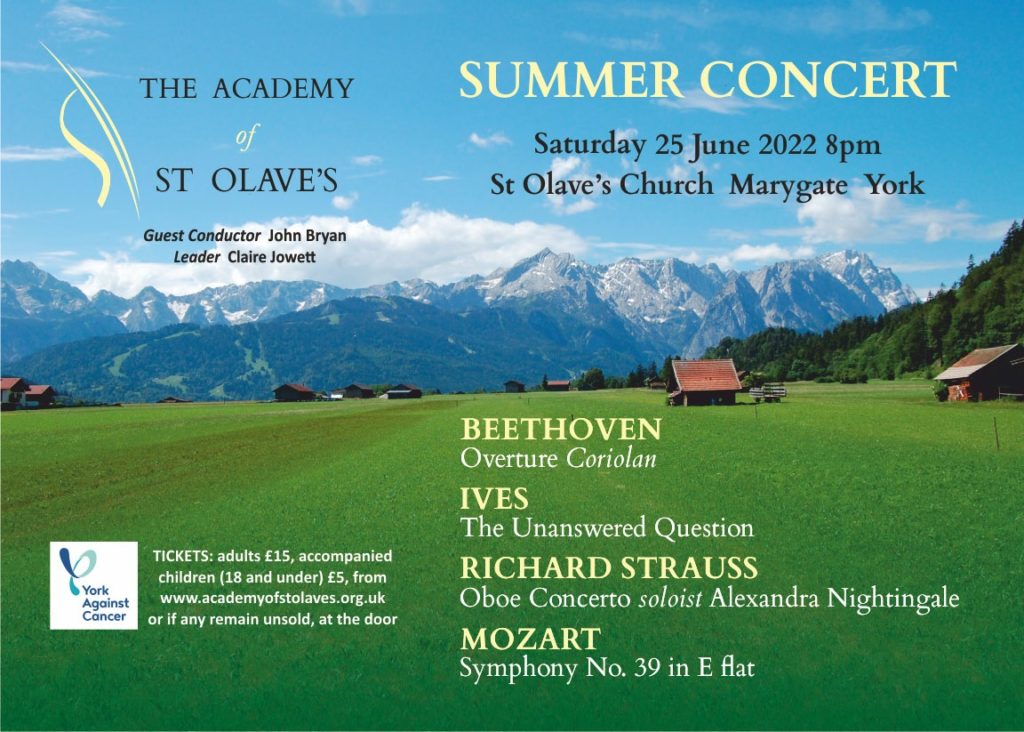
Late Music: Ian Pace, Xenakis Centenary Concert, Composers With A Side Hustle, St Saviourgate Unitarian Chapel York, 1/4/2023
OSTENSIBLY a Xenakis centenary celebration, this recital had an intriguing sub-title: Composers With A Side Hustle. All six of the composers involved had day jobs until music took over. Xenakis himself was a professional architect working with Le Corbusier in Paris.
Ian Pace has been a tireless campaigner for composers of the past hundred years, including music that is barely dry on the page. He has appeared regularly in the Late Music series in York for over two decades.
He opened with Xenakis’s Mists (1980), a collection of cameos in which his staccato touch maintained immense clarity, even amongst the busiest of textures, often at the top of the keyboard.
A much earlier work, Chansons I-VI (1950-1), written when music was still a sideline for him, found Xenakis in lyrical vein and still strongly influenced by music of his Romanian childhood and Greek parentage. All the songs had a French tinge, boasting a certain joie de vivre when not reflective. Pace invested their melodies with pleasing immediacy.
Completing his Xenakis tribute, Pace gave the composer’s homage to Ravel, À.r. (1987), a virtuoso flourish to end a stimulating evening.
In between, we visited four American composers as well as our own James Williamson. Philip Glass (cab driver and plumber) wrote Knee Play 4 as a piano transcription of one of the five linking intermezzos from his opera Einstein On The Beach. It was both tonal and minimal, but Pace found a way to bring out its inner voices.
Morton Feldman’s (clothes manufacturer) Extensions 3 was extremely delicate, toying with the limits of audibility until its crashing closing chords.
Minimalism is also a stimulus in the work of Williamson (insurance claims handler), as heard here in his new Neon (2023). Tiny changes in repeating motifs in the centre of the piano were mesmeric, until twice interrupted by loud, separated chords which were like blobs of colour on the canvas. Each time the opening recurred, it brought illumination, although it was more like moonlight than anything gassy like neon. What’s a title anyway?
Pace filled out his programme with an amusing potpourri of Charles Ives (insurance agent), arguably the forefather of all the Americans here. It included a Bach-style invention, a solemn chorale and a parody of salon music, all given nicely tongue-in-cheek.
Finally, there was John Cage (graphic designer and mycologist). In his minimalist Satie-inspired In A Landscape (1948), Pace picked out its two melodies from the subtly shifting accents. Yet again he had proved an invaluable missionary for music that might otherwise be forgotten.
Review by Martin Dreyer


